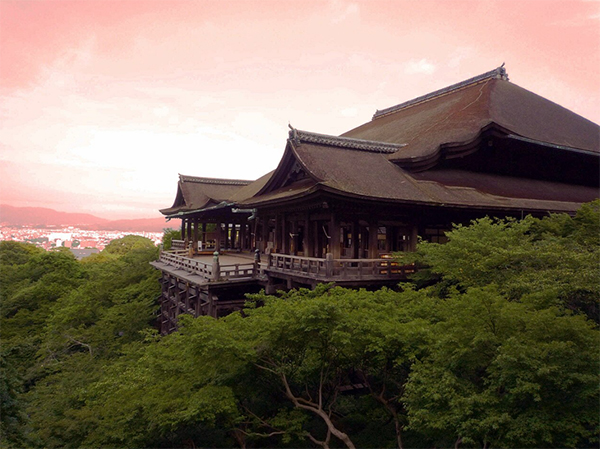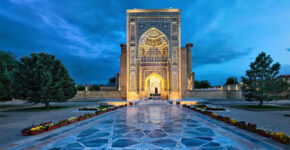A Journey Through Time: Visiting the Historic Temples of Kyoto, Japan
Through its famous temples, each providing a different window into the history and philosophy of Japan, the rich tapestry of cultural and spiritual legacy of the country is brilliantly shown. From the glittering gold of Kinkaku-ji Temple to the calm paths of Fushimi Inari Taisha, these holy locations encourage guests to enter a realm in which spirituality and environment entwine. For those trying to grasp the core of Japanese history, the architectural wonders and peaceful settings not only mirror Japan’s artistic triumphs but also provide havens for meditation and reflection.
The Ancient Beauty of Kinkaku-ji Temple
Tucked amid calm gardens, Kinkaku-ji Temple enthralls guests with its magnificent golden front reflecting in the still pond below. Originally constructed in the fourteenth century, this Zen Buddhist temple features superb architectural harmony with the surroundings. Particularly remarkable against the backdrop of rich vegetation, the glittering gold leaf exterior produces a magnificent picture all through the changing seasons. The serene environment is enhanced as you meander across the painstakingly maintained grounds by the soft sounds of water and the rustling foliage. This famous location not only reflects Japan’s rich cultural legacy but also inspires admiration of its ageless beauty and introspection.
Exploring the Spiritual Serenity of Fushimi Inari Taisha
Fushimi Inari Taisha’s vivid vermilion torii gates make a magnificent trail across the holy Mount Inari. Every gate—donated by people or companies—symbolizes a hope for success and wealth. Visitors ascending the mountain find a calm environment broken occasionally by the faint rustle of leaves and distant chanting. Committed to Inari, the god of rice and agriculture, the shrine presents a special fusion of spirituality and natural beauty. Little shrines and fox sculptures enhance the magical experience along the paths, therefore transforming the trip into Japan’s spiritual terrain.
Discovering the Cultural Riches of Kiyomizu-dera
Tucked on the mountainside, this famous temple provides amazing views of the city and surrounds. Especially during cherry blossom and autumn foliage seasons, this well-known for its wooden stage juts out over the hillside offers an amazing view position. With its moniker, “Clear Water Temple,” the temple depicts the clear streams thought to have therapeutic qualities. Discovering the several halls and shrines, each bursting with creativity and history, visitors can This is a remarkable place since the energetic environment full of prayer and introspection fosters a closer knowledge of Japan’s spiritual and cultural legacy.
Reflecting on History at Ryoan-ji Temple
Renowned for its understated rock garden—a masterwork of simplicity that promotes meditation and introspection—this Zen temple The well placed stones and raked gravel produce a calm surroundings that invites guests to consider the essence of life. Emphasizing mindfulness and peace, Ryoan-ji reflects the ideas of Zen philosophy going back to the 15th century. Wandering around the temple grounds, the serene atmosphere and surrounding rich vegetation improve the experience and provide the ideal getaway from the busy metropolis. Visiting this historical landmark helps one to understand the artistic legacy of Japan and the ongoing need of introspection.
Each with their own beauty and meaning, Kyoto’s temples together capture the core of Japan’s rich spiritual and cultural fabric. From the golden appeal of Kinkaku-ji to the peaceful simplicity of Ryoan-ji, these holy sites entice guests to travel deeply in contemplation and gratitude. One develops a closer relationship to the eternal traditions and ideas of Japan as one negotiates the calm settings and interacts with the historical storylines spun into each location, so imprinting the soul.
Photo Attribution:
1st & featured image by https://www.pexels.com/photo/temple-1673978/
2nd image by https://commons.wikimedia.org/wiki/Category:Kiyomizu-dera#/media/File:Kyoto-Kiyomizudera,_Japan.jpg






